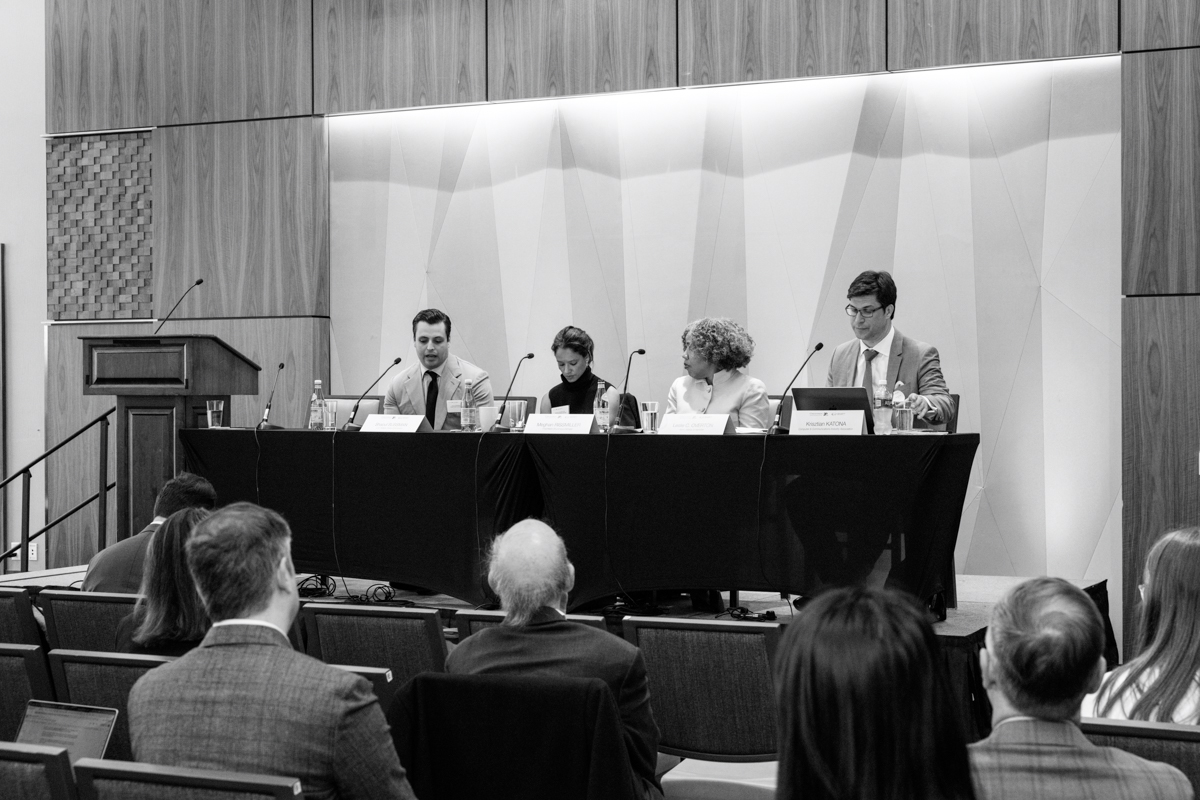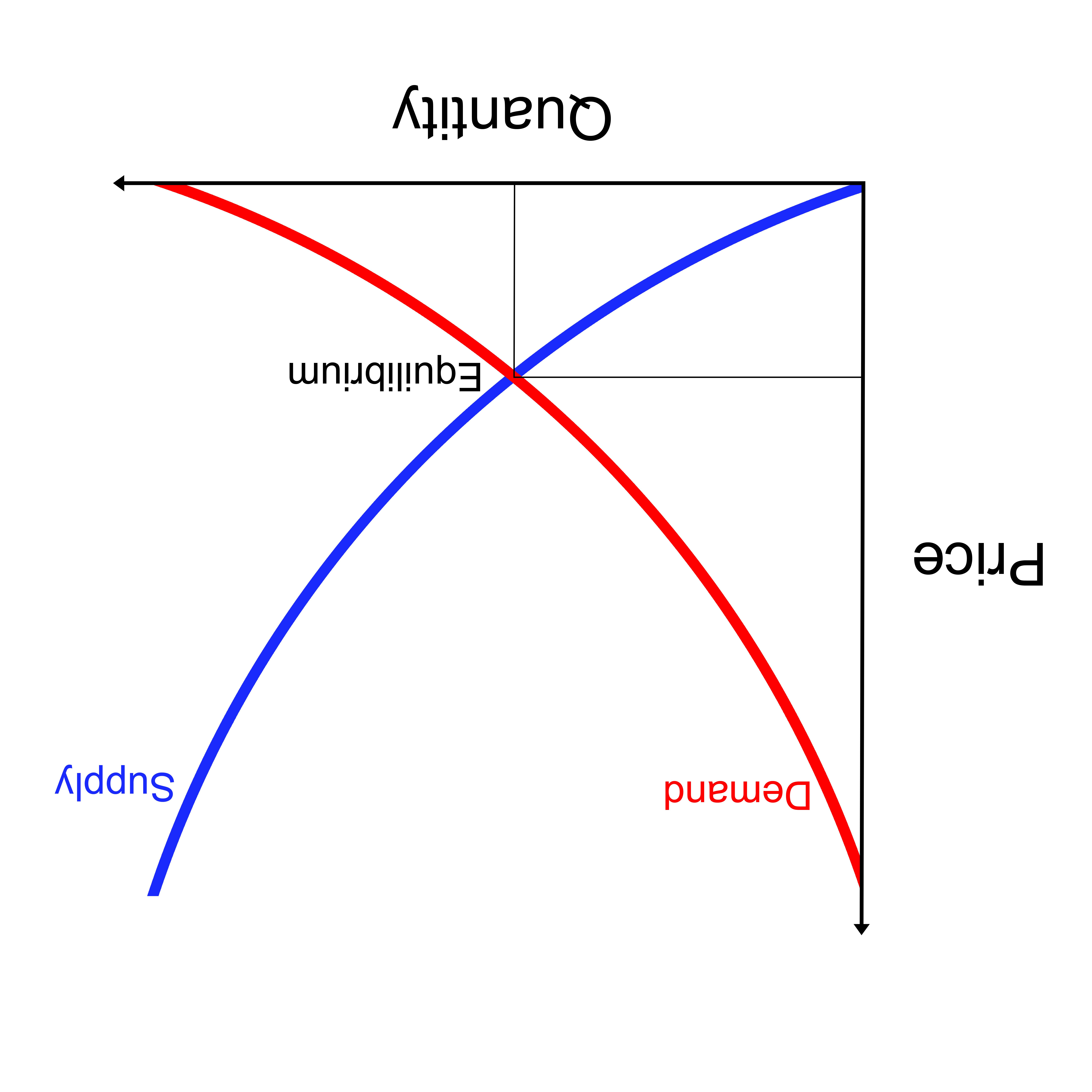Antitrust in 60 Seconds: Tying and Bundling
The 60-Second Read:
A tying arrangement happens when a seller requires a buyer to buy a second product when they buy the first, or at least has the buyer agree not to buy the second product anywhere else. Bundling is when multiple products are packaged and sold together. Both are treated the same under antitrust law. Antitrust law is concerned with sellers who leverage power in one market to gain power in another market. Antitrust law’s restriction on tying has changed substantially over the years. Tying remains per se illegal, meaning that merely engaging in the behavior is enough to violate the antitrust laws, but the conduct must meet certain conditions before being treated as tying for antitrust purposes. These conditions have evolved as legal and economic thinking on what ties are harmful have changed. As such, courts now engage in rigorous analysis before treating behavior as per se unlawful tying. The Supreme Court’s most recent tying decision, Illinois Tool Works, suggests that the Court may reconsider the per se prohibition on tying if the right case were brought before them.
Tying and Bundling and Their Application
Tying and bundling are pretty common. Shoppers have probably bought package deals of shampoo and conditioner, or razors and shaving cream. As the Federal Trade Commission notes, “[o]ffering products together as part of a package can benefit consumers who like the convenience of buying several items at the same time.” However, there is also a concern that tying can be used for anticompetitive ends. The Supreme Court has described the concern:
[Tying arrangements] deny competitors free access to the market for the tied product, not because the party imposing the tying requirements has a better product or a lower price but because of his power or leverage in another market. At the same time buyers are forced to forego their free choice between competing products.
Courts’ views of tying and bundling, which are generally treated the same, have evolved over the years. Today, tying and bundling are a less absolute violation of the antitrust laws. The modern view of tying is that, for it to be per se unlawful, the following conditions must be met:
- Two Products: The tying and tied products must be separate products. This question is sometimes more difficult than it would seem. For example, one case turned on whether anesthesiology services were a tied product to the facilities and services provided by the hospital. The Supreme Court decided these were two separate products. The test outlined by the Court was to determine the character of demand for the two items and whether they are “distinguishable in the eyes of buyers”, not the functional relationship between the products.
- Proof of Conditioning: The tying must be forced on the buyer. If the buyer is free to take either product by itself, there is no tying problem. However, there may still be a violation if the seller’s pricing policy makes the purchase of the products together the only viable economic option.
- Sufficient Economic Power: In a 2006 case, the Supreme Court clarified that “in all cases involving a tying arrangement, the plaintiff must prove that the defendant has market power in the tying product.”
- Substantial Commerce in the Tied Product: There must not be an insubstantial amount of interstate commerce foreclosed by the tie, in terms of the absolute dollar amount affected. However, courts have found that amounts as small as $10,091 have met this test.
- [In Some Districts] Competitive Effect in the Tied Product Market: Some courts have applied a fifth test: whether the conduct had an anticompetitive effect in the tied product market. This requirement is not universally accepted and there is no consensus on the degree of anticompetitive effect required even among the courts that have applied it.
Case Law Evolution: International Salt to Illinois Tool Works with a stop at Microsoft
Tying is considered to be a vertical restraint. Like all vertical restraints, the courts’ thinking of tying has evolved substantially over the years. Tying remains the only vertical restraint that still applies per se liability (meaning proof of the activity is enough to be found liable). However, as seen above, the case law has evolved to require many conditions to be met before the tying can be considered to be a per se violation.
Starting in the late 1940s, there was a burst of activity in Supreme Court tying cases that were extremely skeptical of tying behavior. This perhaps started with International Salt, where the Supreme Court found it to be a violation of antitrust laws to force those leasing patented industrial machinery to require their lessors to buy salt only from them. Over the next few decades, the Court’s distaste for tying only grew. In 1949, the Supreme Court stated that “[t]ying agreements serve hardly any purpose beyond the suppression of competition.” In 1969, the Supreme Court stated that “tying arrangements generally serve no legitimate business purpose that cannot be achieved in some less restrictive way.”
This condemnation of tying has relaxed due to the influence of changes in economic thinking concerning vertical conduct. In the Supreme Court’s last tying case, Illinois Tool Works, the majority states that “[t]he assumption that ‘[t]ying arrangements serve hardly any purpose beyond the suppression of competition,’ rejected in Fortner II, has not been endorsed in any opinion since.” Indeed, the Supreme Court’s language in Illinois Tool Works has led some to believe that the Court may one day reconsider whether tying is illegal per se (see p. 177 of Antitrust Law Developments, Seventh).
The most important modern tying case for understanding the treatment of tying under U.S. law is probably U.S. v. Microsoft. In Microsoft, the tying product was Microsoft Windows and the tied product was Internet Explorer. Microsoft argued that this should not be a per se case because the application and operating system were not separate products. The D.C. Circuit disagreed. However, the court did find merit in the larger argument that stopping there would “chill innovation to the detriment of consumers by preventing firms from integrating into their products new functionality previously provided by standalone products.” The court ultimately decided that Microsoft should not “be absolved of tying liability” but also that the court should “heed Microsoft’s warning that the separate-products element of the per se rule may not give newly integrated products a fair shake.” The court held that the less strict ‘rule of reason’ standard should govern tying arrangements involving software platforms. This did not exonerate Microsoft, and the tying claim was remanded back to the trial court to be assessed under this different standard. The case was settled shortly after this decision, leaving us without an answer as to whether Microsoft violated tying law under the rule of reason.








